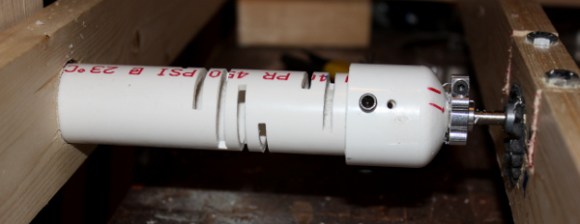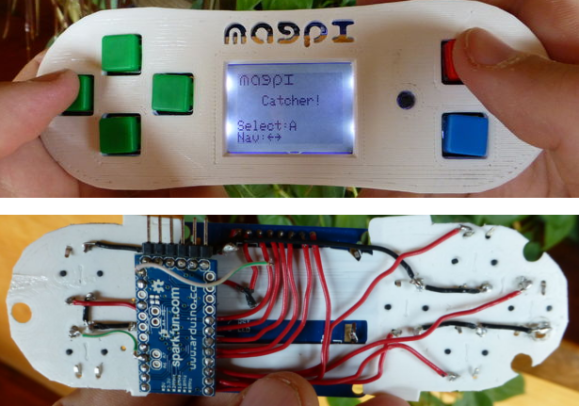
Our old pal [Jeremy Cook] is doing his own remix of [Theo Jansen]’s Strandbeest, and like the original, he’s using PVC pipe. Unlike the originals, he’s powering it with motors, not wind, and this has caused a few problems in transmitting mechanical power through a piece of PVC. Nothing is perfect, and in a few points in the legs movement the shaft shakes violently. One motor was lost and another nearly so before [Jeremy] came up with a flex coupler made from PVC.
The technique [Jeremy] is using has seen a lot of use with people building laser cut enclosures. It’s called kerf bending, and it works simply by cutting a few slits in a panel that allow it to bend slightly. This technique was replicated by [Jeremy] on a miter saw, cutting eight slots halfway through a one inch PVC pipe, with each successive cut offset 90 degrees.
The new design works well for transmitting power, and he’s not ruining motors any more. Check out the video below.












